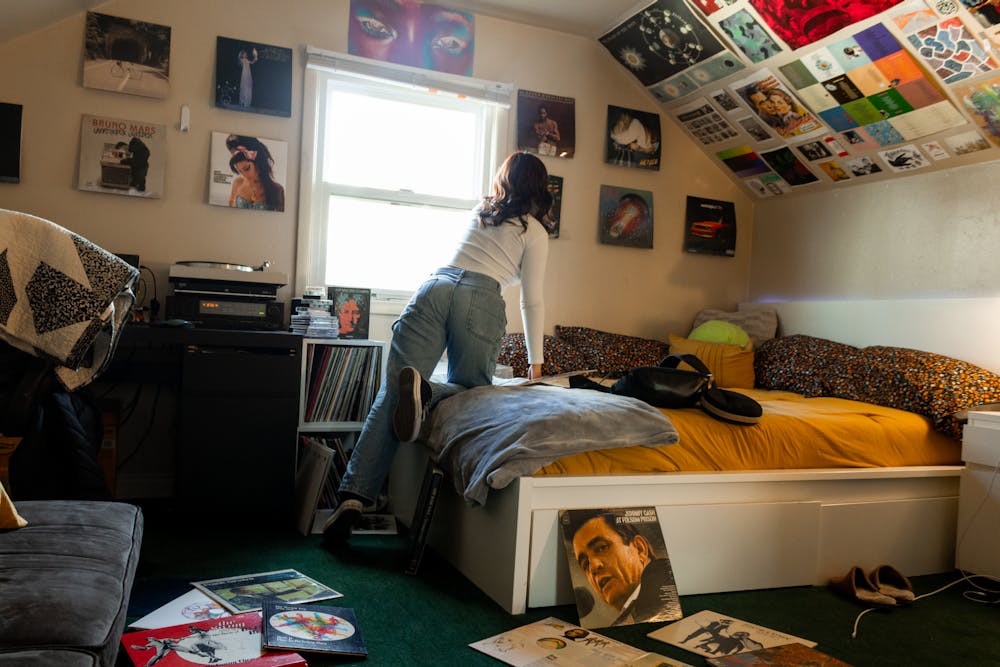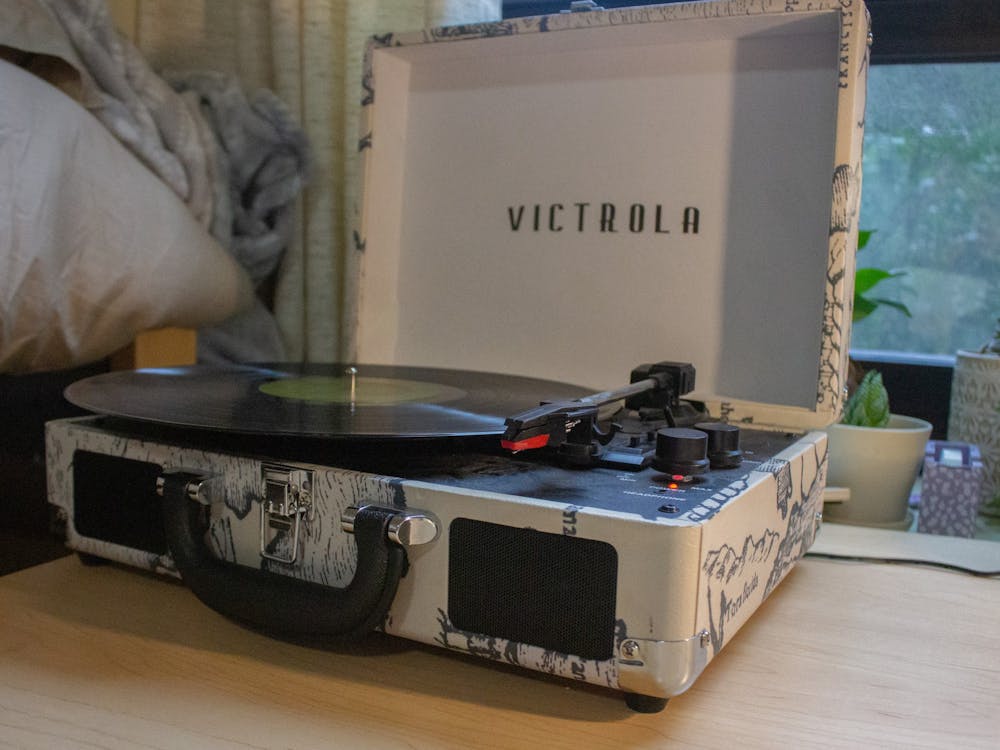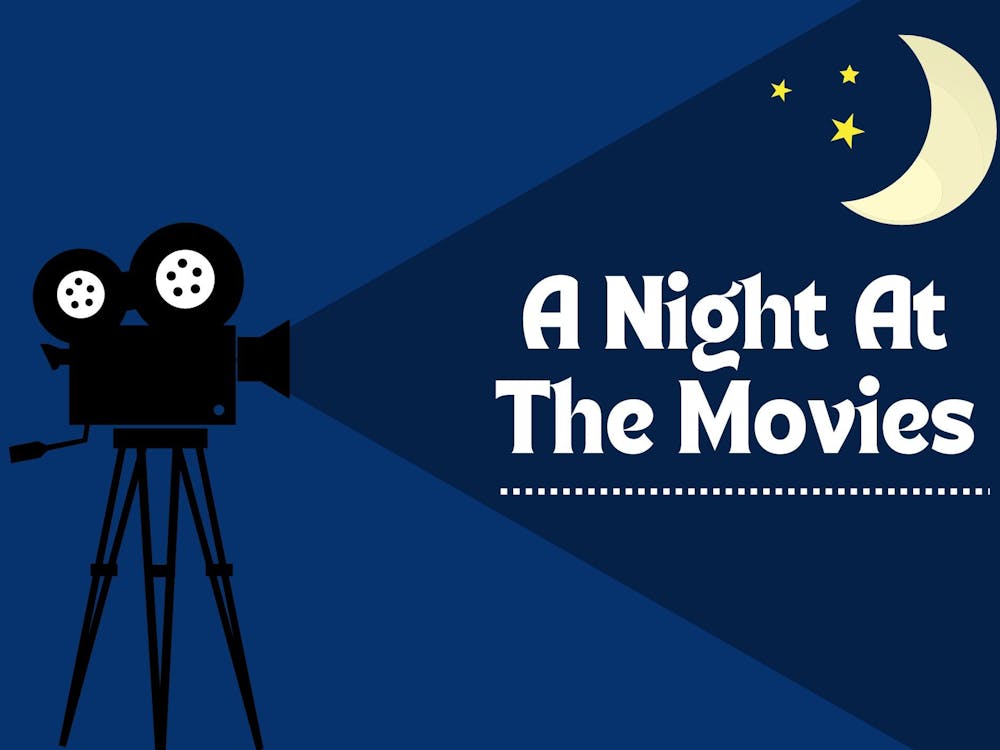Vinyls, while making a resurgence because of their aesthetic appeal, are more than just a pretty thing to look at.
Have you ever thought that listening to music is more of an experience than a past time? Have you wanted to feel like you are right in the recording studio or like you’re in the crowd at Woodstock?
Then get that vinyl off your wall and onto a turntable.
When the needle touches down on the first groove of a vinyl and I start to hear the snap, crackle and pop that comes with a used record, I don’t wince. I don’t squirm. I simply sit and listen to the history and memories that come with each song.
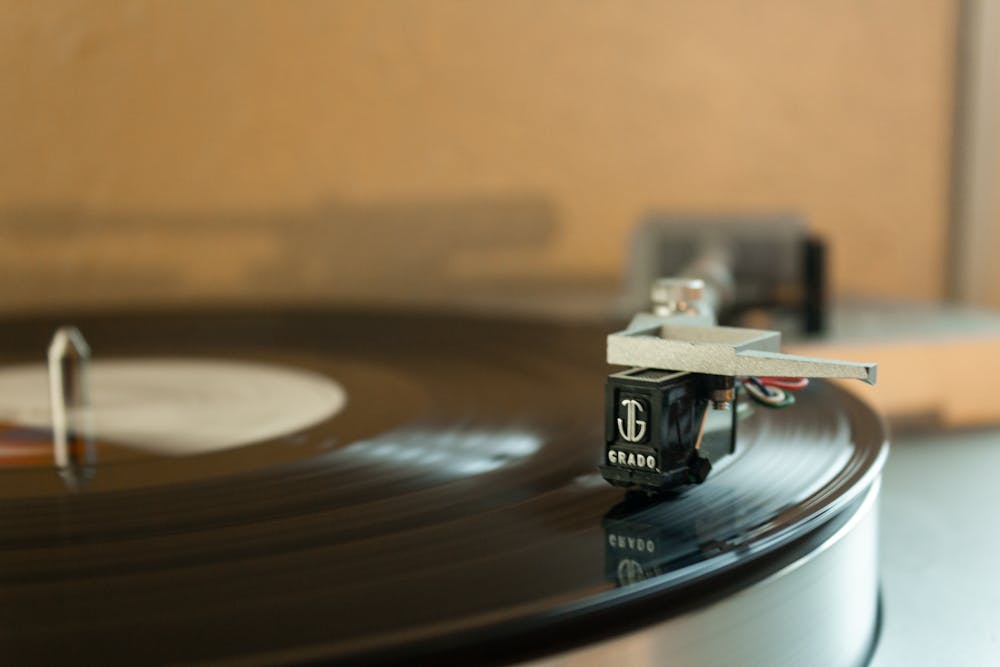
I know, I know, I sound pretentious. Just hear me out. Once you start listening for yourself, you’ll understand why.
Used vinyls are my favorite types of finds. They are a great stepping stone into the physical world of music and vinyl pressings as a whole. While most people buy them previously for the price point, I do it because it tells a story and I encourage you to do the same.
My favorite textured vinyl is “Young & Foolish” by Dean Martin, which can’t be found as a complete album on any streaming service – making it that much more special. When I bought it, the original plastic, while sheer and weary, blanketed the album cover, keeping it safe from the dust at the estate sale I had scoured.
Once I got home, I immediately put it on my turntable and was transported to a different space and time.
Everytime I listen to it, I feel like I am right there in the studio with the Rat Pack member singing into my ear. While I listened over time, I not only paid attention to the harsh and sweet melodies, but I started to notice which songs were played the most.
The nuances you can hear on a used vinyl don’t only come with age like the wrinkles on our skin. It’s usually from the needle scratching on the surface over time.
By paying attention to the scratches and comparing the songs, I was able to get to know the original owner by analyzing which songs were played the most and which were played the least.
This album in particular talks about love, heartbreak and seemingly arbitrary, yet jovial, songs about life, making it an interesting case study on why someone played it as much as they did.
Some of the scratches produce a muddled ambiance that make the melancholic themes of the songs “Let Me Go Lover” and “Absence Makes the Heart Grow Fonder” wash over you.
Everytime I listen to the album, I imagine someone curling up by their record player and crying to the soft melodies as the record spins — I know I have done my fair share of tear shedding alongside it.
While the experience of dwelling on your past relationships can be sad, it can be cathartic knowing someone else shared your pain at one point. I’m always left in awe when realizing the feeling of the universal experience of heartbreak can be encapsulated in a pressed vinyl.
The emotional pull or feeling you can get while listening to used records does not only end at feeling like you are in the recording studio or experiencing somebody's past life experiences. There are some that make you feel like you are witnessing history with live performances that have been pressed into plastic.
My personal favorites are Johnny Cash “Live at Folsom Prison” and Smokey Robinson and The Miracles “1957 - 1972” Live at Washington, D.C’s Carter Barron Amphitheatre. Both are wildly different performances, yet you feel like you are a member in the audience, paying or in prison.
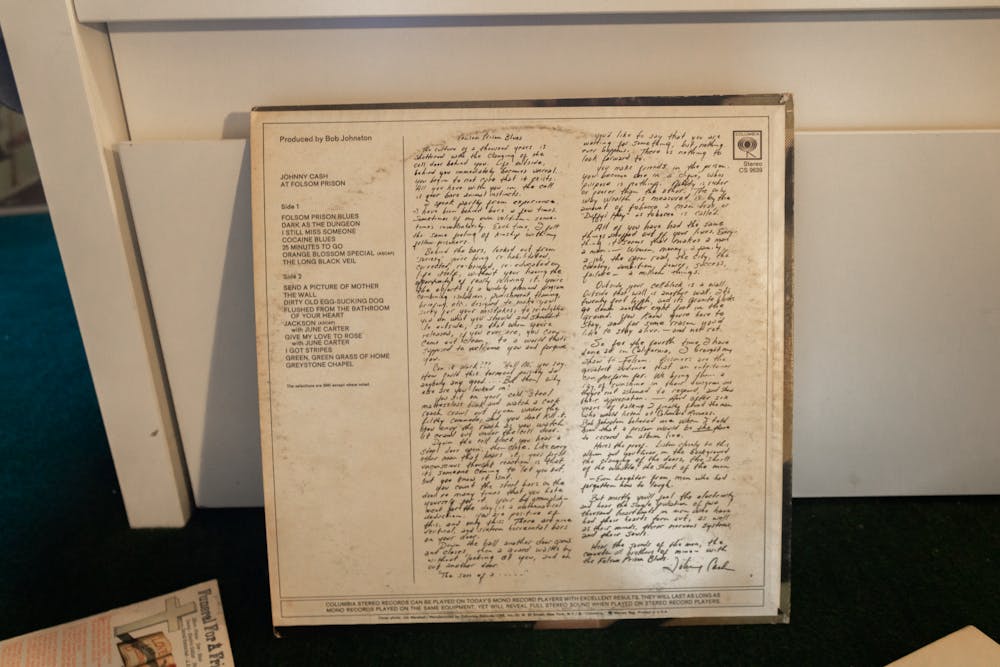
Johnny Cash's letter on the back of his "Live from Folsom Prison" vinyl. Here he talks about why he chose to perform in prisons.
Before Cash’s performance of “25 Minutes To Go” — a song written by Shel Silverstein about a man who has been sentenced to execution and is counting down the minutes to his demise — prisoners facing their own doom were granted the ability to listen in on the performance for this song only via stereo in their cells.
The commotion from the song before “Cocaine Blues” hushes and all are silent in the rowdy prison to let Cash tell the tale of many inmates before them. The silence is enough to make you stop whatever you are doing and offers a time of reflection on what it would be like to count down the minutes to your own death.
While Cash’s theme might be a bit dark, Smokey Robinson and The Miracles offer a more light-hearted experience.
Robinson and The Miracles have the audience in a trance from the get-go of their performance. You can hear people shouting out for them when they are first announced and the music alone makes you want to dance around in your room.
Hearing their witty comments in between songs lets you get to know them a bit more. Robinson jokes and talks highly of Jackson 5 and Michael Jackson — as he is starting out his solo career during this time — and the crowd goes wild thinking he is about to go on stage. Robinson teases that while they don’t have him there, they will be covering a beloved song of his and the crowd starts to roar.
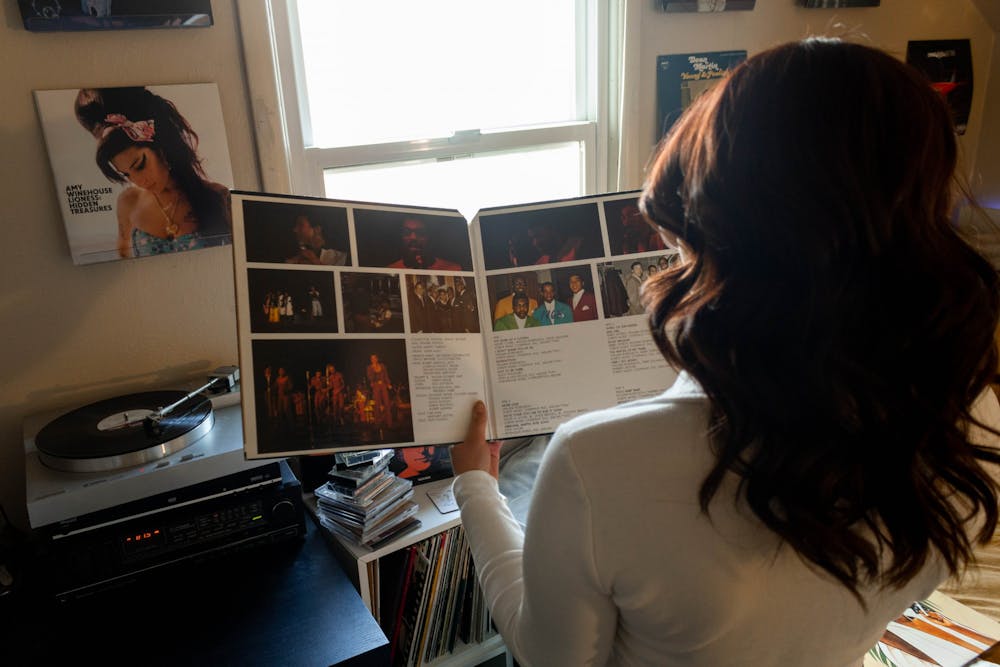
An inside look to the center of the Smokey Robinson and The Miracles "1957-1972" live album.
The transitions between songs are seamless even when they joke with each other. You can almost visualize their facial expressions or dance moves by hearing the crowd start to shout or clap with the music. I’m obviously envious of anyone who was able to see them live, but am grateful I have this vinyl to give me a taste of what that might have been like.
Collecting records is a hard hobby to keep up on a college student's budget, places like Specks and Vinyls Resting Place harbor most of these musical treasures.

Another affordable outlet to venture out to are estate sales. Most of the time vinyls go for a few bucks, if that. While it might take some time at first, you can find some really great gems within the rows and stacks of vinyls from previous owners that are usually pretty well kept.
Some might argue that listening on your phone or buying a CD can have the same effect, but does it really?
While you can listen to some live performances on streaming services, nothing comes close to having a physical copy of history right on your shelf.
Those services can also let you listen to your favorite songs in a moment's notice, but you can easily get distracted and venture off to a different artist, losing the deeply personal feel vinyls produce. Records force you to listen to an artist’s entire body of work, making you experience the album in the order the artist intended.
A CD might offer the same option to listen to an entire album in one sitting, but nothing beats being able to watch the needle pass over the grooves that produce your favorite tunes.
Speaking of visuals, cover art revolutionized the way artists are perceived and CD’s are just an extension of that, but in an underwhelming way — who wants a poster that has been folded 17 times compared to four clean creases? Don’t even get me started on larger vinyl collection sets that come with books or vintage postal information from the 40’s or any era that you find.
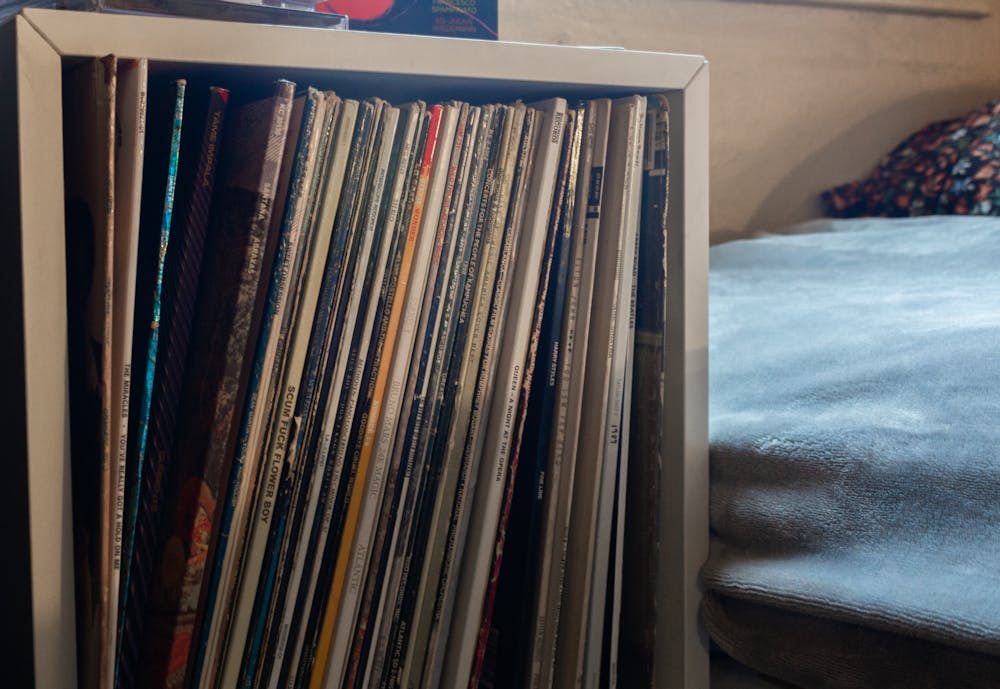
Buying vinyls shows your appreciation of an artist's work not only by playing their music, but by taking care of it, slowing down your consumption rate and appreciating the amount of effort that it takes to produce music in a tangible and artful form.
Vinyls, while beautiful to look at, are so much more than eye candy. So find your local record shop and pick one out.
As for now, you can find me in my room blasting my speakers, listening to my own collection, dancing in my room and admiring my vinyl wall — that actually gets played.
Brie Haro is the Editor-in-Chief of The Beacon and can be reached at haro23@up.edu.
Have something to say about this? We’re dedicated to publishing a wide variety of viewpoints, and we’d like to hear from you. Voice your opinion in The Beacon.



